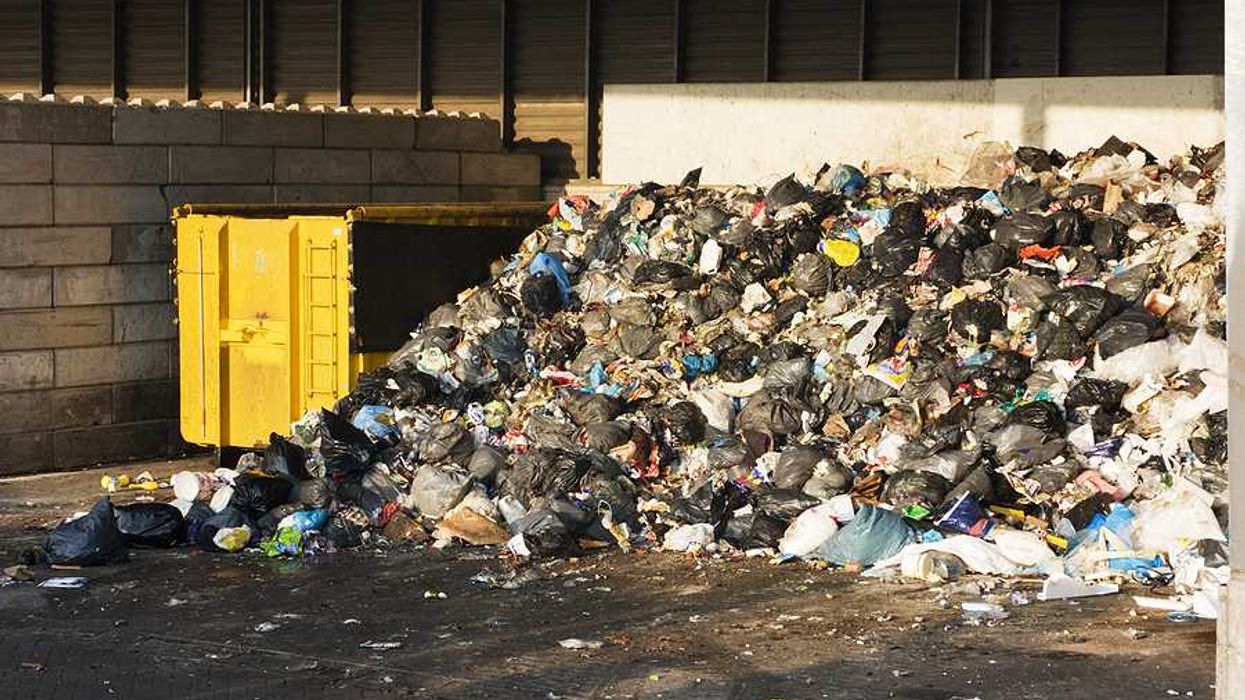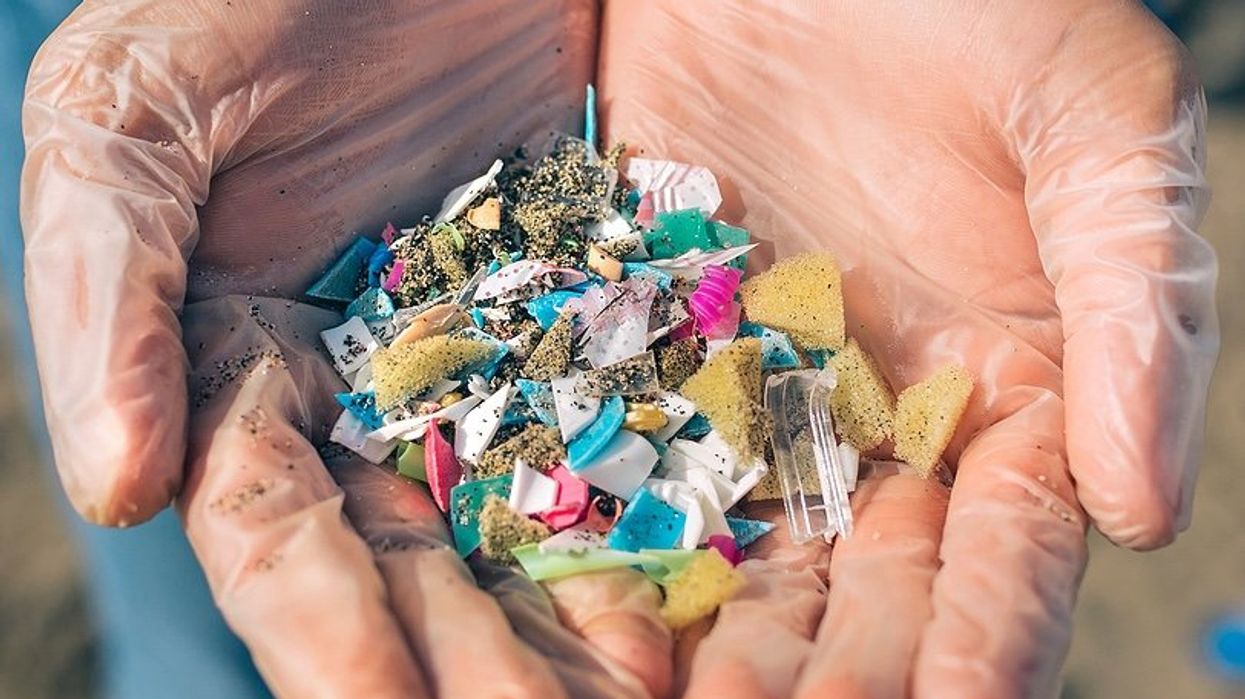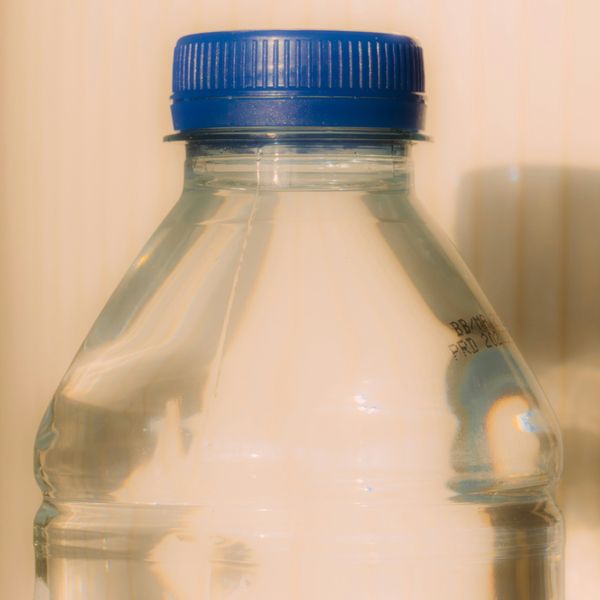By combining a detailed activity diary with individual biomonitoring, a new study published in Ecotoxicology and Environmental Safety reveals typically underconsidered sources of everyday exposure to toxic bisphenol (BP) chemicals.
In short:
- Bisphenol A (BPA) and Bisphenol S (BPS) were detected in more than 70% of the 401 urine samples collected from participants over a seven-day period.
- Consuming high amounts of packaged or fast food, handling thermal receipts, using personal care products, and handling cleaning products during household chores were all common sources of participants’ BP exposure.
- The study also linked BP to more unconventional sources of exposure like wearing sheer tights, wallpaper and vinyl flooring installation, and yardwork, highlighting the widespread presence of these chemicals.
Key quote:
“By employing a personalized approach, we uncovered less obvious exposure pathways and highlighted the variability in individual behaviors that drive daily fluctuations in urinary BP levels.”
Why this matters:
Common bisphenol chemicals (like BPA) and their substitutes (like BPS) are associated with many harmful health effects, including reproductive, developmental, neurological, and immune dysfunction. Studies on policy interventions have shown that regulating toxic chemicals is a more effective, consistent, and impactful way to reduce public exposure than strategies that put the burden on individuals to avoid them. The authors of this study emphasize the need for improved regulations and risk assessment methods to reduce public health risks from these widespread exposures.
Related EHN coverage:
- FDA’s current BPA safety standards are outdated, misguided and flawed, scientists say
- How BPA and its evil cousins dodge meaningful regulation
More resources:
- Environmental Health News: How is BPA bad for my health?
- Mayo Clinic: What is BPA, and what are the concerns about BPA?
Lee, Aram et al. for Ecotoxicology and Environmental Safety vol. 302. Sept. 1, 2025





















